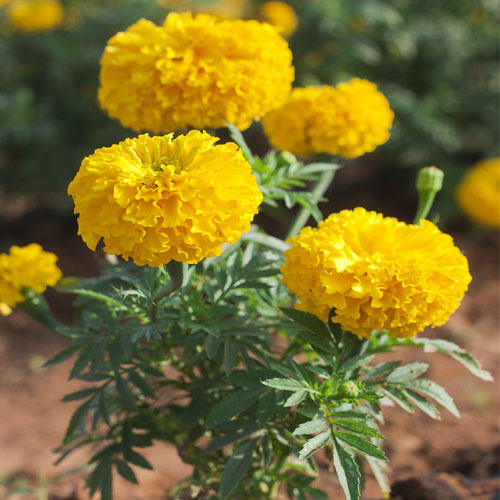Geda Plants
Geda is a common name used in some regions for the plant known scientifically as Jatropha gossypiifolia, which is also referred to as Cotton Leaf Jatropha or Physic Nut. It's a species within the Jatropha genus, known for its ornamental and medicinal uses.
Features of Geda (Jatropha gossypiifolia) Plants:
-
Flowers:
- Color: Flowers can be red, yellow, or greenish.
- Form: They grow in clusters and are often small.
-
Growth Habit:
- Form: Geda is typically a shrub or small tree with a bushy appearance.
- Height: It generally grows 3 to 10 feet tall.
-
Leaves:
- Shape: The leaves are large, palmate (hand-shaped), and deeply lobed, giving them a distinctive look similar to cotton leaves.
- Color: They are usually dark green but can sometimes have a reddish or purplish hue.
-
Fruit:
- Type: The fruit is a three-lobed capsule that contains seeds.
- Seeds: Seeds are used in various applications, including traditional medicine.
Care Tips for Geda (Jatropha gossypiifolia):
-
Sunlight:
- Prefers full sun but can tolerate partial shade. Ensure it gets plenty of sunlight for healthy growth.
-
Soil:
- Thrives in well-drained soil. It can tolerate a range of soil types but prefers loamy soil with good drainage.
-
Watering:
- Requires regular watering, especially during dry periods. Allow the soil to dry out between waterings to prevent root rot.
-
Fertilizing:
- Apply a balanced fertilizer during the growing season to support vigorous growth. Reduce feeding during the dormant period.
-
Pruning:
- Prune to maintain shape, remove dead or diseased wood, and encourage bushier growth. Pruning helps keep the plant healthy and attractive.
-
Pest and Disease Control:
- Watch for common pests such as aphids and spider mites. Ensure good air circulation and avoid overhead watering to prevent fungal diseases.
Uses and Benefits:
- Ornamental: Often grown for its striking foliage and flowers. Suitable for garden beds, hedges, and containers.
- Medicinal: In some traditional medicine practices, various parts of the plant are used for their purported medicinal properties. However, caution is advised as some parts of the plant can be toxic if ingested.
If you have specific questions about Geda plants or need more information on where to purchase them, let me know!


